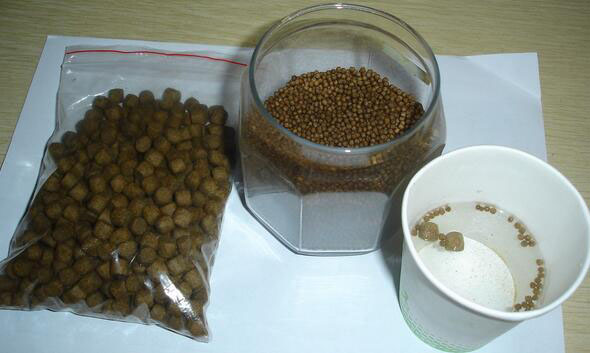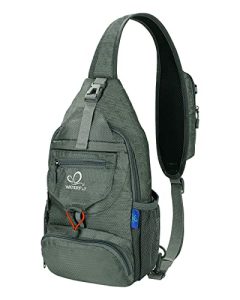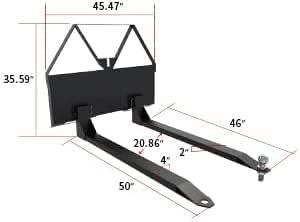Contents
Imagine a world where fish farming is not only sustainable and efficient but also profitable. Well, that world is closer than you think! In this article, we will explore the numerous benefits of using floating fish feed for aquaculture. From improved growth rates and reduced environmental impact to increased profitability and ease of use, floating fish feed is revolutionizing the way we farm fish. So, whether you are a seasoned aquaculturist or just curious about the industry, get ready to dive into the exciting world of floating fish feed and discover the incredible advantages it offers.
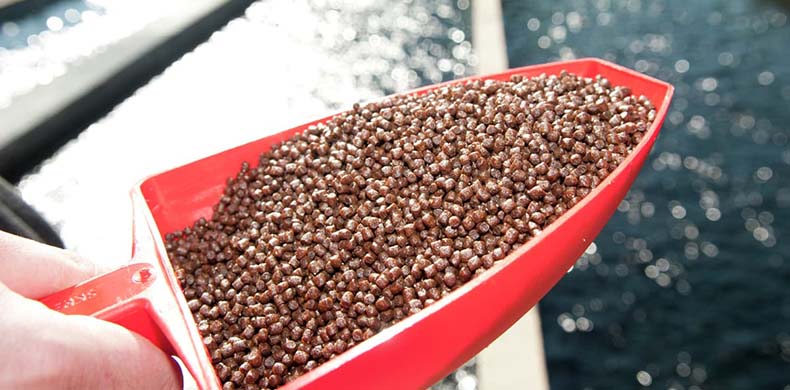
What is Floating Fish Feed?
Definition
Floating fish feed is a type of aquatic animal feed that is specially formulated to float on the water surface, making it easily accessible for fish and other aquatic animals to consume. It is designed to meet the specific nutritional requirements of fish and promote their growth and development.
Composition
Floating fish feed is typically composed of a combination of various ingredients, including fishmeal, soybean meal, corn, wheat, and other grains. These ingredients are carefully selected and blended to ensure a balanced and nutritious diet for the fish. The feed may also contain vitamins, minerals, and other additives to further enhance its nutritional value.
Types
There are different types of floating fish feed available, catering to the specific nutritional needs of different species of fish. Some common types of floating fish feed include shrimp feed, catfish feed, tilapia feed, and carp feed. Each type is formulated to provide the optimal nutrient profile required for the growth and development of the respective fish species.
Advantages of Using Floating Fish Feed
Improved Feed Efficiency
One of the key advantages of using floating fish feed is its improved feed efficiency. The feed is specially formulated to be easily digestible by fish, ensuring that they can efficiently convert the nutrients into energy for growth. This results in less wasted feed and better utilization of the nutrients, leading to improved growth rates and feed conversion ratios.
Reduced Feed Waste
Floating fish feed offers a significant advantage in terms of reducing feed waste. Unlike sinking feeds that can sink to the bottom of the water, floating fish feed remains on the water surface, making it easier for fish to consume and minimizing the chances of feed being wasted. This not only reduces the production costs but also helps in maintaining clean water quality.
Ease of Feeding
Feeding fish with floating fish feed is a convenient and hassle-free process. The feed floats on the water surface, allowing fish to easily spot and consume it. This eliminates the need for manual feeding or specialized feeding equipment, saving time and labor for fish farmers. It also reduces the stress on fish during feeding, as they can effortlessly consume the floating feed without much effort.
Prevention of Disease Transmission
Using floating fish feed can help in preventing the transmission of diseases among fish in aquaculture systems. Unlike other feeding methods, where fish directly consume the feed from the pond or tank, floating fish feed reduces the chances of direct contact between fish and the feed. This helps in minimizing the spread of pathogens or parasites that may be present in the feed.
Enhanced Growth and Weight Gain
Floating fish feed is formulated to provide the essential nutrients that are required for fish growth and weight gain. The balanced diet and optimal nutrient profile of the feed support the healthy development of fish, leading to enhanced growth rates and improved body weight. This is crucial for commercial fish farming operations, as it ensures a higher yield and better market value for the fish.
Convenience in Monitoring
One of the advantages of using floating fish feed is that it allows for easy monitoring of fish feeding behavior. Since the feed is visible on the water surface, fish farmers can easily track the consumption patterns of the fish. It enables them to assess the feed intake, identify any changes in appetite or feeding behavior, and make necessary adjustments to the feeding regime or feed composition if required.
Controlled Nutrient Delivery
Floating fish feed offers the advantage of controlled nutrient delivery. The feed can be formulated to provide the specific nutrients and feed additives that are required for the optimal growth and health of fish. This ensures that the fish receive a balanced diet and meet their specific nutrient requirements, leading to better overall performance and improved fish health.
Higher Survival Rates
The use of floating fish feed has been shown to result in higher survival rates among farmed fish. The balanced nutritional composition of the feed, along with its easy accessibility and digestibility, supports the overall health and immune function of fish. This helps in boosting their resistance to diseases and stress, leading to lower mortality rates and increased survival of fish in aquaculture systems.
Reduced Water Pollution
Floating fish feed contributes to reduced water pollution in aquaculture systems. Since the feed is designed to be easily consumed by fish, there is less chance of the feed sinking to the bottom and causing the accumulation of uneaten feed. This helps in maintaining good water quality, as the feed is efficiently utilized by the fish and there is minimal waste that can lead to nutrient imbalances or water contamination.
Sustainable Aquaculture
The use of floating fish feed promotes sustainable aquaculture practices. By providing fish with a nutritionally balanced diet, floating fish feed helps in optimizing fish growth and development, thereby reducing the reliance on wild fish stocks for fish feed. This contributes to the conservation of marine resources and promotes the long-term viability of aquaculture operations, ensuring a sustainable food source for the growing global population.
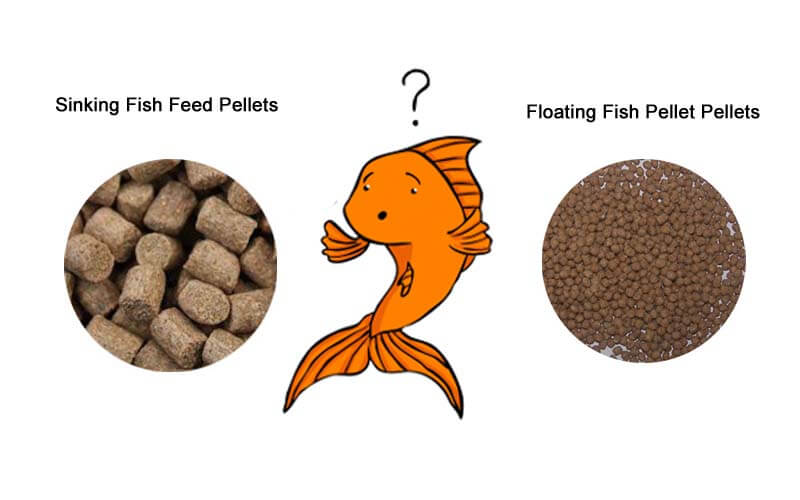
Enhanced Feed Efficiency
Improved Digestibility
Floating fish feed is designed to be easily digestible by fish. The carefully selected ingredients and processing methods used in the formulation of the feed enhance its digestibility, allowing fish to efficiently break down the nutrients and absorb them into their bodies. This results in improved nutrient utilization and better feed efficiency.
Reduced Energy Loss
Floating fish feed helps in reducing energy loss during the feeding process. Since the feed remains on the water surface, fish can easily consume it without expending excessive energy to search for and chase after the feed. This energy-saving mechanism allows fish to allocate their metabolic energy towards growth and other physiological processes, leading to improved growth rates and feed conversion efficiency.
Nutrient Availability
Floating fish feed ensures the availability and accessibility of essential nutrients for fish. The feed is designed to provide the optimal balance of proteins, carbohydrates, fats, vitamins, and minerals that are required for the healthy growth and development of fish. By meeting the specific nutritional needs of fish, floating fish feed enhances their nutrient uptake and utilization, resulting in improved feed efficiency and overall performance.
Minimized Feed Waste
Limited Dissolution
Floating fish feed offers limited dissolution in water, reducing the chances of the feed disintegrating and becoming unavailable for fish consumption. Compared to sinking feeds that may break down or dissolve quickly, floating fish feed remains intact on the water surface for a longer period, ensuring that fish have sufficient time to consume the feed before it becomes unavailable.
Reduced Loss from Biological Factors
Floating fish feed helps in reducing feed loss caused by biological factors such as competition and predation. As the feed floats on the water surface, it is less likely to be consumed by other aquatic organisms or scavengers that may be present in the aquaculture system. This reduces the competition for feed resources and minimizes the loss of feed that would otherwise be consumed by non-target species.
Decreased Loss from Environmental Factors
Floating fish feed minimizes the loss of feed due to environmental factors such as water current or turbulence. Unlike sinking feeds that can be easily swept away by water movement, floating fish feed remains on the water surface, reducing the chances of feed being carried away and lost. This ensures that fish have constant access to feed, maximizing their feeding opportunities and optimizing their growth potential.
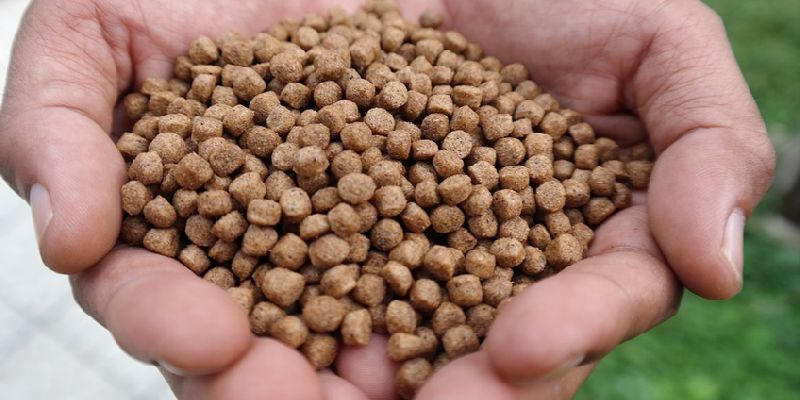
Ease of Feeding
Surface Feeding
Floating fish feed enables surface feeding, which is a natural feeding behavior for many fish species. Fish are adapted to feeding from the water surface in their natural habitats, and floating fish feed mimics this feeding behavior in aquaculture systems. This promotes the natural feeding instincts of fish, making the feeding process more intuitive and efficient.
Convenient Consumption
Floating fish feed offers convenient consumption for fish. The feed remains visible and easily accessible on the water surface, making it convenient for fish to locate, approach, and consume the feed. This eliminates the need for fish to search or dive for food, reducing their energy expenditure during feeding and ensuring that they can feed at their own pace and comfort.
Reduced Handling Stress
Feeding fish with floating fish feed helps in reducing the stress associated with the handling and feeding process. The feed can be distributed over a larger surface area, allowing fish to spread out and feed without crowding or competition. This reduces the stress on fish during feeding, ensuring a more relaxed and comfortable feeding environment that promotes their overall well-being and growth.
Prevention of Disease Transmission
Reduced Contamination
Floating fish feed reduces the risk of feed contamination and the subsequent transmission of diseases within aquaculture systems. As the feed remains on the water surface, it is less likely to come into contact with the bottom sediment or other potential sources of pathogens or parasites. This minimizes the chances of feed contamination and helps in maintaining a clean and disease-free feeding environment for fish.
Improved Biosecurity
Using floating fish feed improves the biosecurity of farming operations. The feed can be easily monitored and controlled, reducing the chances of introducing diseases or pathogens into the aquaculture systems through the feed. With proper feed handling and storage practices, floating fish feed can help in minimizing the risk of disease outbreaks, protecting the health and productivity of fish in the farm.
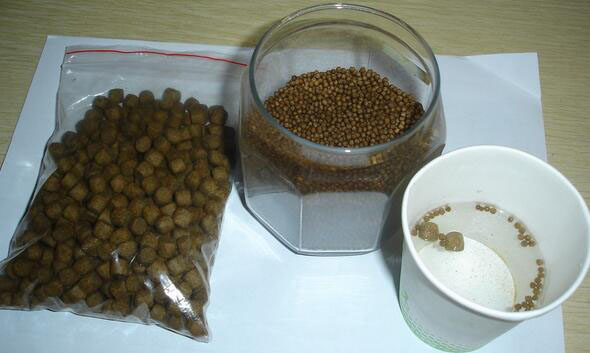
Enhanced Growth and Weight Gain
Increased Digestibility
Floating fish feed enhances the digestibility of nutrients for fish. The carefully formulated feed composition ensures that the nutrients are easily broken down and absorbed by the fish’s digestive system. This increased digestibility improves the efficiency of nutrient utilization, allowing fish to extract more energy and nutrients from the feed, which ultimately leads to enhanced growth and weight gain.
Higher Protein Utilization
Floating fish feed is typically rich in high-quality proteins that are easily digested and utilized by fish. Proteins are essential for muscle development and growth in fish, and their availability in the feed enhances the protein utilization efficiency. This results in improved muscle growth and better weight gain, contributing to the overall performance and market value of farmed fish.
Improved Nutrient Absorption
Floating fish feed promotes improved nutrient absorption by fish. The feed is formulated to provide a balanced combination of macro and micronutrients that are required for various physiological processes in fish. By ensuring the availability and balance of essential nutrients, floating fish feed optimizes the absorption and utilization of these nutrients, supporting the overall growth, development, and health of fish.
Convenience in Monitoring
Visible Consumption
One of the benefits of using floating fish feed is that it enables visible consumption by fish. As the feed floats on the water surface, fish farmers can easily observe and monitor the feeding behavior of the fish. This includes visually confirming the consumption of feed, assessing feed intake rates, and spotting any abnormal feeding patterns or changes in appetite that may indicate health issues or nutritional imbalances.
Easy Assessment of Feed Intake
Floating fish feed allows for easy assessment of feed intake by fish. Since the feed remains on the water surface, it is less likely to be scattered or dispersed, making it easier for fish farmers to measure and track the amount of feed consumed by fish. This provides valuable information regarding the feeding habits and nutritional requirements of fish, enabling farmers to adjust the feeding regime or feed composition as needed for optimal growth and performance.
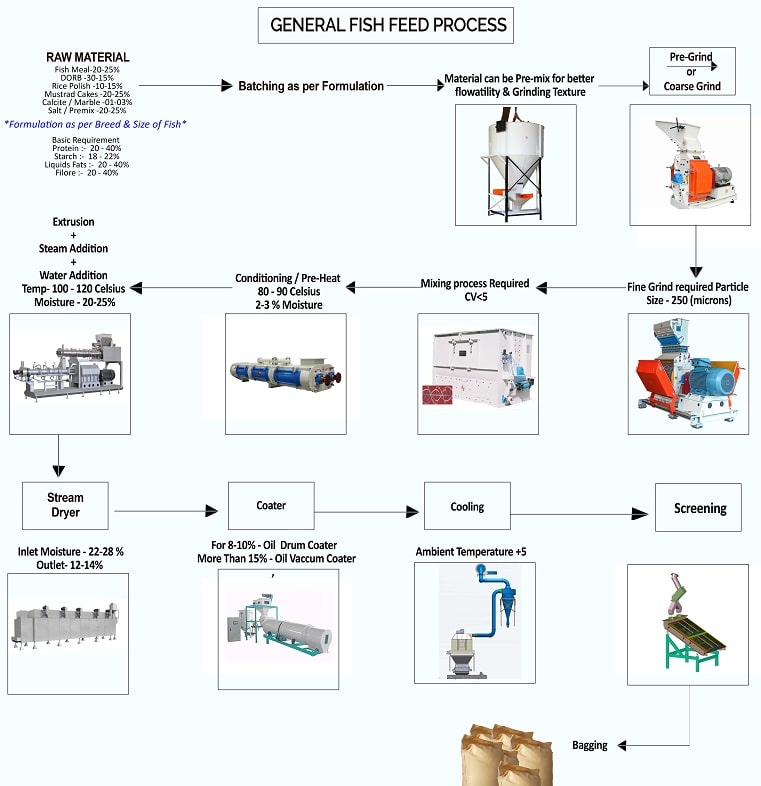
Controlled Nutrient Delivery
Balanced Diet
Floating fish feed ensures controlled nutrient delivery, providing fish with a balanced diet. The feed can be formulated to meet the specific nutritional requirements of different fish species at different life stages. This includes considering the protein, fat, carbohydrate, vitamin, and mineral needs of the fish, as well as any specific dietary preferences or requirements. By delivering a balanced diet, floating fish feed optimizes the growth, health, and performance of fish in aquaculture systems.
Specific Nutrient Requirements
Floating fish feed allows for the precise delivery of specific nutrients required by fish. Depending on the species, growth stage, and specific production goals, fish may have varying nutrient requirements. Floating fish feed can be tailored to meet these specific needs, ensuring that the fish receive the necessary nutrients in the right proportions. This promotes optimal growth, health, and reproduction, contributing to the overall success of aquaculture operations.
Sustainable Aquaculture
Resource Efficiency
Floating fish feed promotes resource efficiency in aquaculture systems. The feed is designed to provide a nutritionally balanced diet for fish, ensuring that the nutrients are efficiently utilized and not wasted. By maximizing the feed conversion efficiency and reducing the feed waste, floating fish feed helps in conserving valuable feed resources, minimizing the environmental impact, and optimizing the production output of fish farming operations.
Conservation of Wild Fish Stocks
Using floating fish feed contributes to the conservation of wild fish stocks. By providing a nutritionally complete diet for fish, floating fish feed reduces the reliance on wild fish as a source of feed. This helps in minimizing the pressure on wild fish populations and the risk of overfishing. By choosing sustainable feed alternatives, such as floating fish feed, aquaculture operations can help protect and preserve the marine ecosystem and maintain the ecological balance of aquatic environments.
Economic Viability
Floating fish feed offers economic viability for aquaculture operations. The improved feed efficiency, reduced feed waste, and enhanced growth rates associated with floating fish feed result in higher production yields and better market value for the fish. This contributes to increased profitability and competitiveness in the aquaculture industry, making floating fish feed an economically sustainable choice for fish farmers worldwide.

